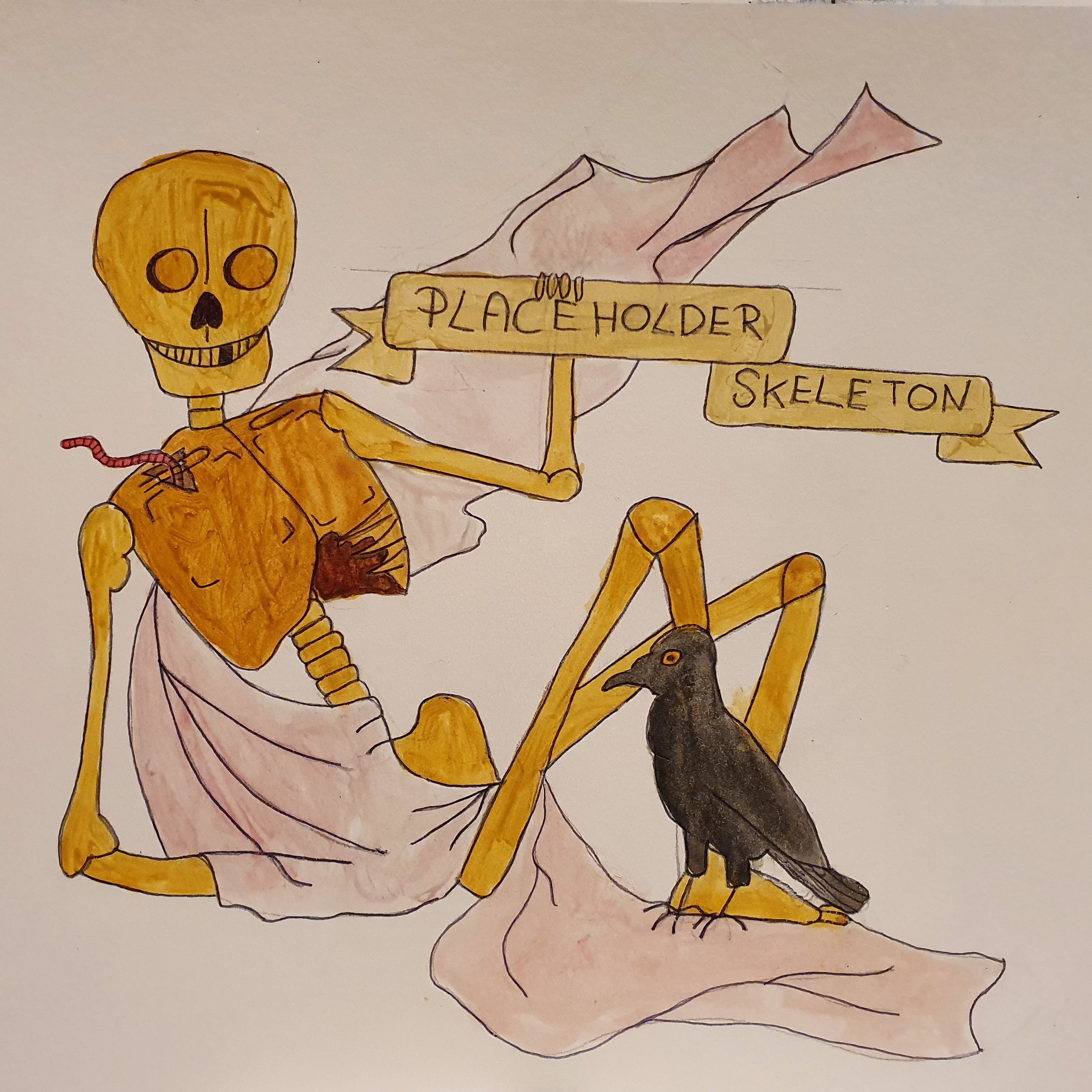The Handmaidens of the Raven are encamped around our Souls, prowling the shadows, waiting to strike. Their foul, scavenging natures are but one sign of how precious our Souls were to the Phoenix. Dear reader, it should make you laugh with joy - not weep in fear! - just as Saint Arefyeva laughed in the face of Her betrayers. I pray that this humble account of the Laughing Saint's life may, in all things, give courage to your Soul.— Editor, The Life of Saint Arefyeva the Joyful
For believers in
the Holy Chorus of Saints, there are three main souces of spiritual inspiration that are relied upon to traverse the moral difficulties of everyday life. The first is a human's Conscience: the Soul of one of the Worth Dead, fused to a living person's shadow in order to impart moral, spiritual and secular guidance to them. The second comes from the wisdom and sermons of the
Saints-Servants. The third are hagiographies: books that describe the lives, deaths and miracles of individual
Patron Saints. They are considered sacred texts for believers across the Raskvaerii Empire, and are usually ranked amongst the most precious of an individual's personal possessions.
The Purpose of Hagiographies
Often described in their prefaces as "a second Conscience", hagiographies are considered the most popular literary genre in Raskvaeric. The stories of the Saints' lives (including their temptations, failures, miracles and death) are viewed as a spiritual benchmark against which the faithful can judge their own lives.
Content
It is traditional for believers in the Holy Chorus of Saints to adopt a Patron Saint. Published hagiographies therefore only detail the life of a single holy figure. Typically, hagiographies are divided into eight main sections:
- The Death or Martyrdom of the Saint
- Calendar of Holy Days and Festivals
- Traditions or rituals related to the Saint
The books often include illustrated images of the Saints' lives, which vary widely in terms of style and quality depending on the manufacturing price. Illustrations range from simple woodcuts to highly detailed drawings with details picked out in gold leaf. Illiterate individuals can purchase simple hagiographies comprised solely of illustrations.
Cost and Presentation
As an important religious text, it is seen as a moral imperative that every person in Raskvaerii can access hagiograhpies in some form. For this reason, their prices range from inexpensive to exorbitant. Regardless of the expense of the raw materials used, the quality of the type-set and the standard of the illustrations, other factors that can drive the cost up are the size of the books and the craftmanship of the front covers. Similarly, there is a large scope of variation for the quality and presentation of the covers, including gilt engravings, beaded mosaics, and plain cloth coverings.





First of all I really love your place-holder skeleton, what a lad. Second of all, this is an awesome article! I love the "Fashionable Fad or Spiritual Tool?" section, it almost sounds like it comes straight out of an in world fashion magazine. The details you include are really nice, you can really get a feel for the relationship the culture has with these books.
Thank you so much! I actually have a portrait placeholder skeleton in the works, but I haven't finished painting him yet. He'll definitely be one to look out for in future articles ;) I love that the "Fasionable Fad or Spiritual Tool?" section sounded a bit like a fasion magazine for you! That would be a really fun way of writing certain sections of the article. I might have a play around with that in the future. Thank you so much for the idea! :D